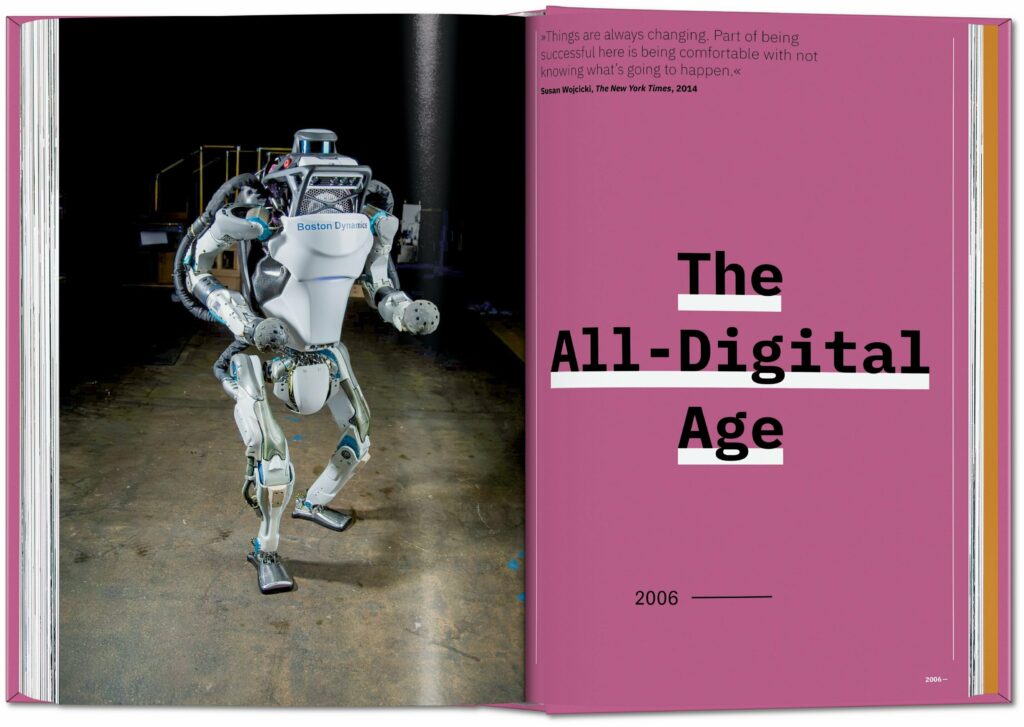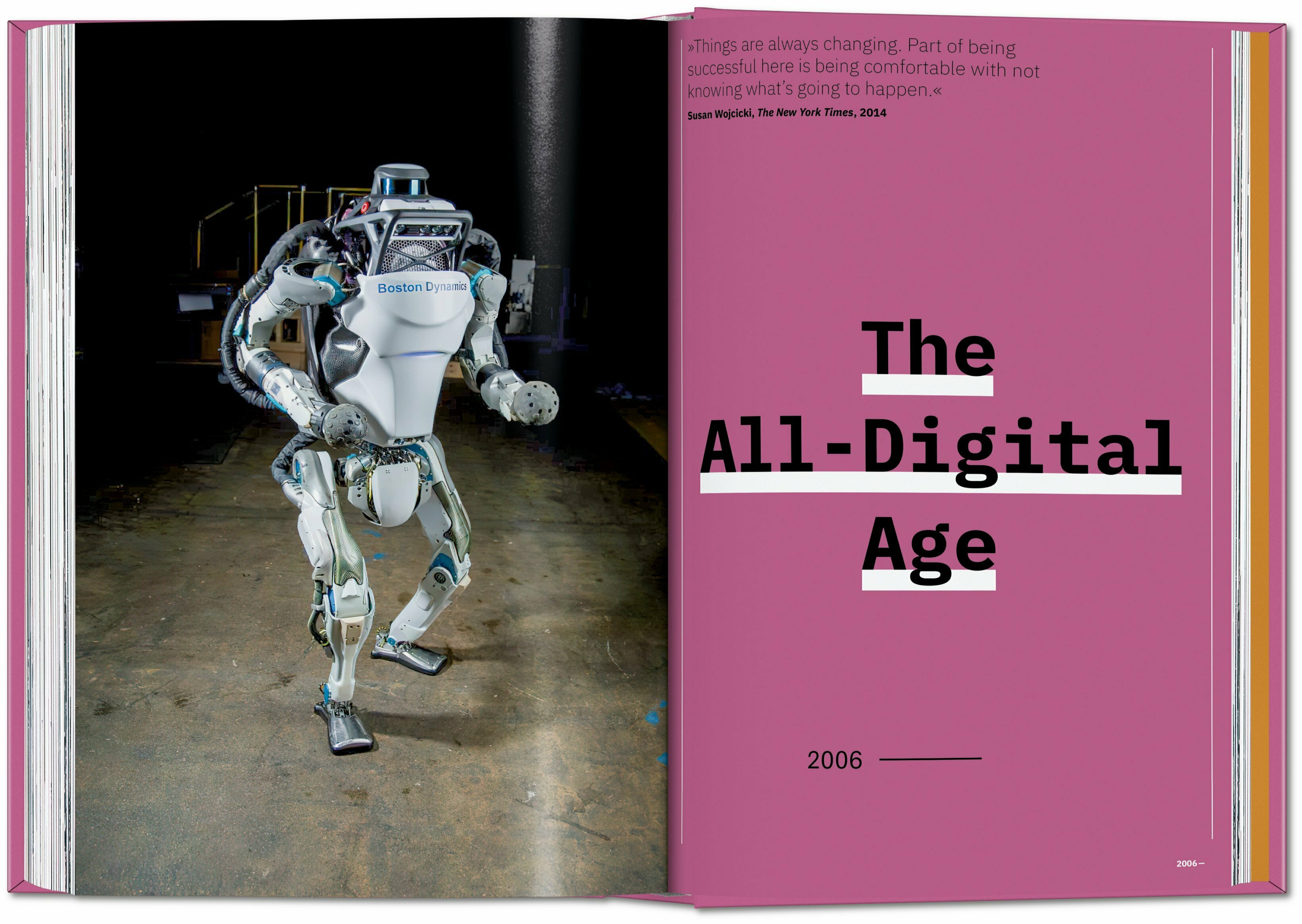Computers, in any form, can be found everywhere today. But where do what we commonly call “computers” come from? Taschen-Verlag’s luxuriously designed volume “Computer” explains things.
Review by Helge Aszmoneit
Today we naturally surround ourselves with so-called digital products, whether in the form of hardware or software. But where do what we commonly call “computers” come from? What exactly is a computer? The sumptuous volume published by Taschen Verlag and edited by Jens Müller and Julius Wiedemann “Computers.” History from the 17th century to today. Let’s immerse ourselves in this story. However, the authors cannot provide a simple definition, rather they state it clearly; The development of this particular product is very complex.
From the first computers to smartphones

However, the book takes its readers on an exciting journey through this history – from the first calculators of the 17th century to the wonderful machines and machines that resembled humans or animals, to the first telephones and mainframe computers that filled the walls and special applications. Like computer chess.
The journey continues from desktops, PCs, gaming consoles, applications in medicine or music to the Internet and the mobile phone, which in the form of a smartphone has long become more than just a “device” with which you can call someone. All these development steps are traced using a large number of corresponding hardware images; Many of them have never been seen before by even the most experienced reader.
More than the history of the device
Now, the history of the computer is by no means the history of just one device, or rather: hardware. Every technological development has had, and continues to have, an impact on our daily lives, on culture, in this case on photography and film, on advertising, visual communication, and other areas. It is therefore remarkable that the devices of that time were also accompanied by “evidence of influence”: magazine covers, advertisements, cinema posters, film stills, artwork or photographs from companies and offices, men and women working on computer displays. A scene from Fritz Lang’s silent film “Metropolis” belongs to this series, as does a 1955 cover of “Time” magazine with Thomas J. Watson Jr. of IBM on the cover. An RCA (Radio Corporation of America) advertisement from 1964 shows the car’s interior including a dashboard filled with electronics and the slogan “How RCA transistors will power your ‘electronic’ car of tomorrow.” The legendary IBM poster designed by Paul Rand in 1981 – “Eye Bee M” – is not missing either.

The series could continue to this day – and that is the magic of this book: readers who have witnessed several decades of development will experience a sense of déjà vu here and there, but they will also discover things and connections that were previously unknown. Young people have the opportunity to immerse themselves in this complex history of technology and culture, to learn and be inspired. With nearly 500 pages, a side length of 38 cm and a weight of four (!) kilograms, the volume cannot simply be “handled” or even placed in your jacket pocket. But it’s worth taking a closer look at it.

Computer. Date from the seventeenthy century to today
Jens Müller, Julius Wiedemann (editor)
472 pages, hardcover, 24.6 x 37.2 cm, multiplex. fig.,
English, German, French texts,
Taschen Verlag, Cologne 2023
60.00 euros
bags.com
More about Nedion
more Comments.
Share this page on social media:

“Explorer. Communicator. Music geek. Web buff. Social media nerd. Food fanatic.”








More Stories
A fossilized creature may explain a puzzling drawing on a rock wall.
MrBeast Sued Over ‘Unsafe Environment’ on Upcoming Amazon Reality Show | US TV
Watch comets Lemmon and SWAN approach Earth today